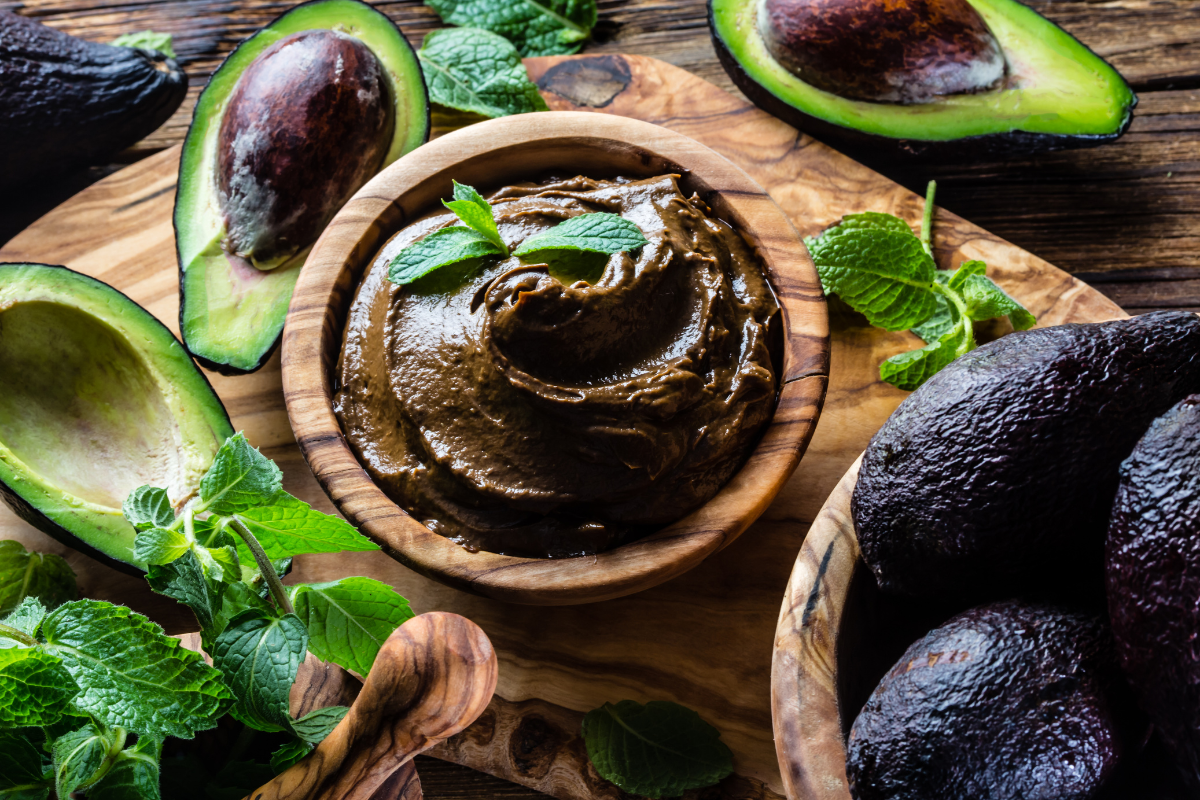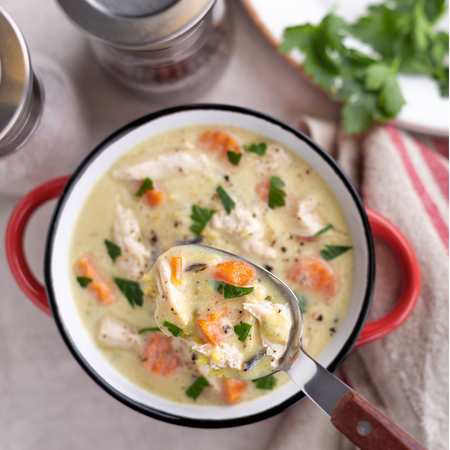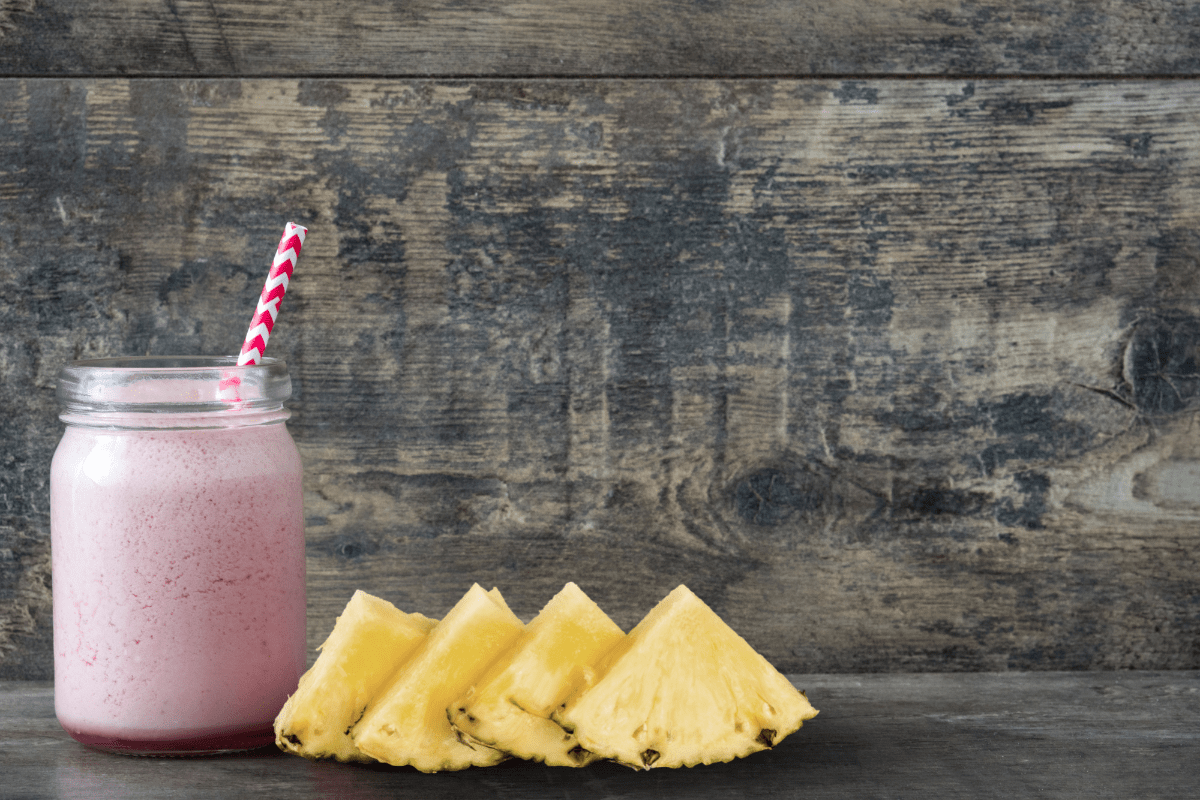Mousse de Abacate com Cacau
Avocados have emerged in recent history as a kind of superfood, and for good reason. They are rich in healthy fats, have zero cholesterol, and are chock full of vitamins and minerals. They also have the lowest sugar content of any fruit. This is likely the reason why most Americans tend to favor avocados in savory dishes rather than desserts. Guacamole is, perhaps, the most famous iteration. But Brazilians flip the script and prefer avocados sweetened with agave or prepared in creamy desserts, like today’s avocado chocolate mousse.
Where Do Avocados Come From?
Before we delve into making our avocado chocolate mousse, you may be wondering about the history of this super fruit. Most experts agree that the avocado was first grown in central Mexico. There is evidence of primitive avocado trees in this region dating back 10,000 years! (Interestingly, our chocolate counterpart in this recipe also originates in Mexico.)
The ancient Aztecs and other indigenous tribes believed the avocado had medicinal qualities, predominantly as an aphrodisiac and also as an aid for indigestion and inflammation. Some evidence suggests avocado was used to facilitate childbirth as well.
The Maya may have also planted avocado and other fruit trees around their homes in honor of their ancestors, whom they believed returned to the earth as trees.
Mexico continues to be the largest producer of avocados in the world, supplying 45 percent of the market. The other leading producers of avocado are the Dominican Republic, Peru, Colombia, and Indonesia.
Brazil also grows avocados, mostly in the Minas Gerais and São Paulo regions. The majority of avocados grown in Brazil are for domestic use only, however.
What Avocados are Best for Chocolate Mousse?
Like other fruits, there are many varieties of avocado. In Florida, alone, there are over 56 varieties. Although hundreds of cultivars exist, they can all be traced back to either East Indian, Mexican, or Guatemalan origins. Avocados are also divided broadly into two subcategories: Type A and Type B. They are labeled A or B according to when the flowers shed their pollen (A in the afternoon, B in the morning).
In the US, we typically see Type A cultivars. The most common include:
Haas: a California variety with a pebbly skin and creamy, nutty texture. This is one of the most popular varieties available in American supermarkets and can be found year round. This is the preference for creamy dips and desserts, including our avocado chocolate mousse.
Choquette: these varieties come from Florida and have a higher water content than Haas, but the overall taste is similar. The skin is smooth and glossy.
Fuerte: another Southern California variety that is sweeter and more watery than Haas.
Why Use Avocados In Mousse?
Traditional mousse recipes often incorporate whipped egg whites along with chocolate, vanilla, or other ingredients to make an airy consistency. Egg yolks may be added to the end product for a silky mouthfeel, which is the hallmark of a good mousse.
Avocados allow you to bypass the use of eggs entirely within a chocolate mousse. They perfectly emulate the rich, silky texture of the egg version, while contributing additional health benefits. Unlike eggs, avocados have zero cholesterol and they impart myriad vitamins and minerals to a dish that might otherwise be considered an indulgence. Furthermore, the use of avocados in mousse and other desserts in place of eggs supports a plant based diet, which is important in the fight against climate change.
Is Chocolate Avocado Mousse Vegan?
It can be! Our recipe uses heavy cream and sweetened condensed milk, but you can substitute any non-dairy milk you like for the cream and use agave, maple syrup, or honey for the sweetener.
Can I Freeze Avocado Mousse?
Yes, you can freeze avocado chocolate mousse. When you are ready to eat it, allow it to defrost in the fridge. Do not attempt to thaw it in a water bath or in the microwave, though. It will ruin the texture! The mousse will keep in the freezer for about two months. Once it is thawed, you will want to eat it within a day or two.
Chocolate Avocado Mousse Recipe
Ingredients:
4-5 ripe Haas avocados
4 oz Dutch cocoa powder
3 oz heavy cream
1 tsp vanilla extract
4 oz sweetened condensed milk
Pinch of salt
Directions:
- Slice avocados in half and remove the pit. Scoop out the flesh using a large spoon.
- Put the avocado fruit, cocoa powder, heavy cream, vanilla, agave, and salt into the belly of a blender or a food processor. You can also use the whip option of a stand mixer, but the result will not be as smooth.
- Blend all the ingredients together until very smooth. If the mixture is too thick, add a little more cream. If it is too thick, add more avocado.
- Scoop the mixture into individual dishes and chill for at least one hour before serving.
Enjoy!
Other Brazilian Recipes to Try:
- Quindim (Brazilian Coconut Custards)
- Brazilian Lemonade (Limonada Suíça)
- Curau de Milho (Sweet Corn Pudding)




